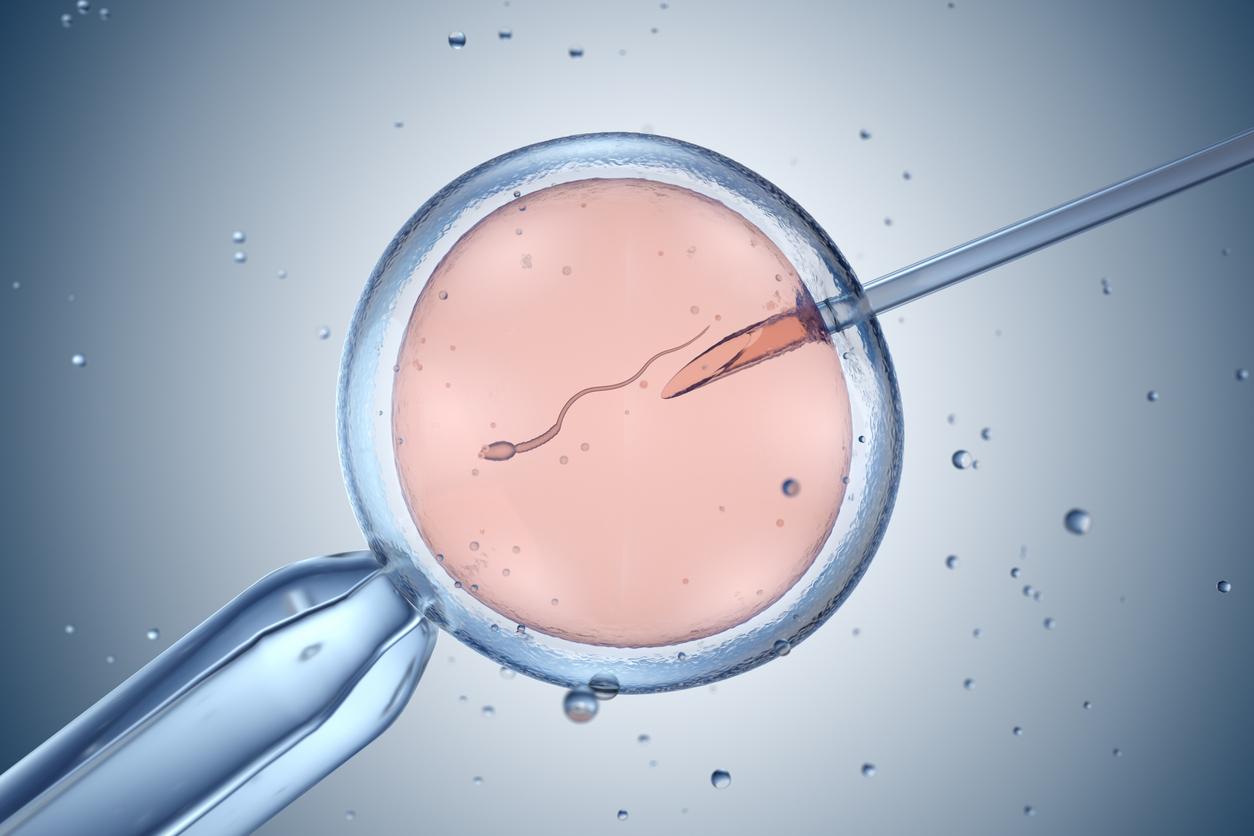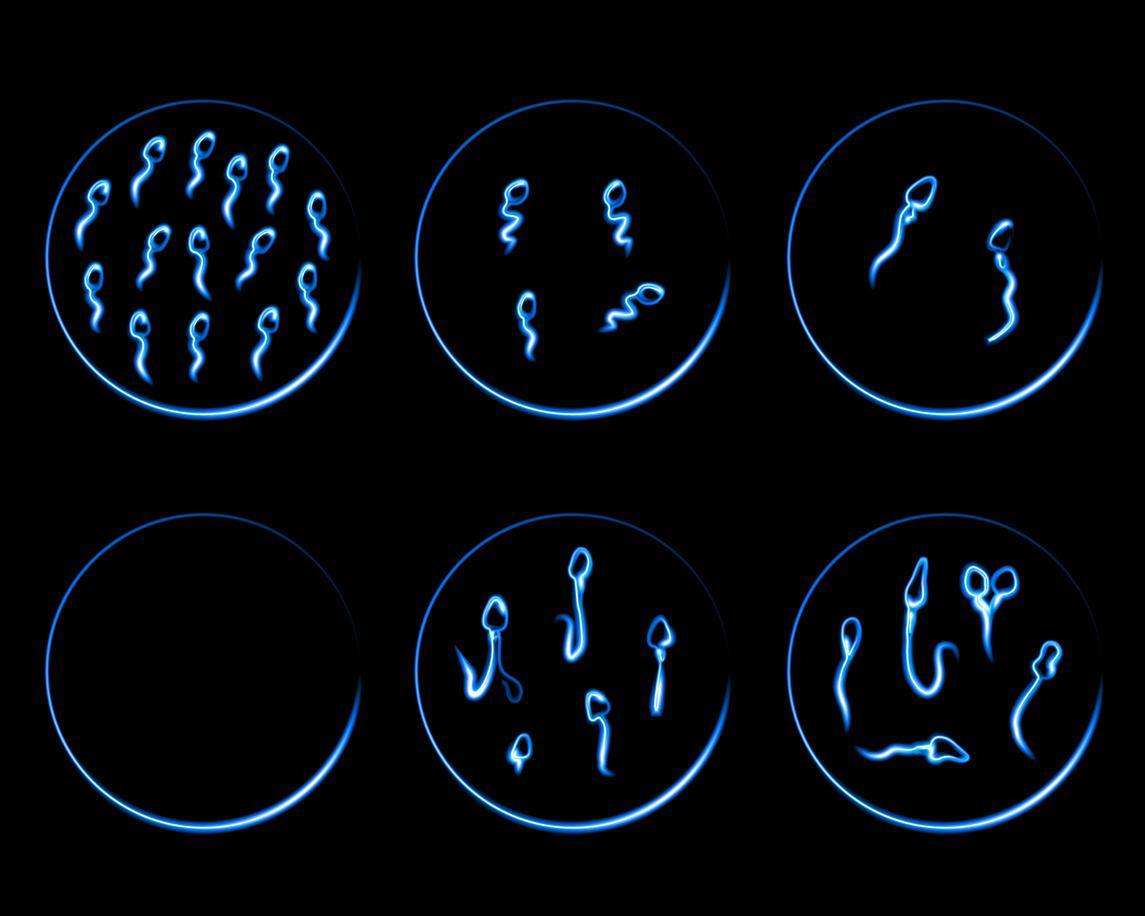In Brazil, a baby was born with a real tail. Doctors had to operate on him after he was born.

- In fish and marine tetrapods, the tail is involved in aquatic propulsion.
- In land animals, the tail has a function in locomotion, communication, grasping, balance, and defense.
All human fetuses have a tail that appears between the fourth and sixth week of gestation. This generally disappears at the end of the eighth week, while the future baby is still in its mother’s womb… With some exceptions, such as the one encountered this year by doctors in Brazil. They related the facts in the Journal of Pediatric Surgery Case Reports.
A twelve centimeter tail with a ball
The tail in question was located in the lumbar area. It measured twelve centimeters and ended in a ball four centimeters in diameter. In terms of appearance, it didn’t look like an animal’s at all: it had no hair, no bones, no cartilage… It was soft, like a cord made of skin. Doctors discovered that it was also made up of fatty tissue, nerves and blood vessels.
A surgical operation to remove a newborn’s tail
His presence was not dangerous for the child, but the doctors still decided to remove him. The surgery went well.
A few years ago, a even rarer case had been seen by practitioners: a 56-year-old man had presented to a dermatology department with a growth that had existed since birth. It looked like a small bud, seven millimeters long by five millimeters wide. After removal and analysis, the doctors confirmed that it was indeed a tail.
Real and pseudo-tails
In medical language, these “tails” are called the caudal appendage, classified into two groups: the “true tail” and the “pseudo-tails”. The first contains skin, fatty tissue, nerves, blood vessels, but has no bones, spinal cord or cartilage. The pseudo-tails, on the other hand, resemble the first ones but do not have the same composition. They contain only adipose and cartilage tissue. They are often associated with other lesions or abnormalities of the spine and the development of the vertebrae. EAbout 40 real human tails have so far been identified by doctors.
.
















